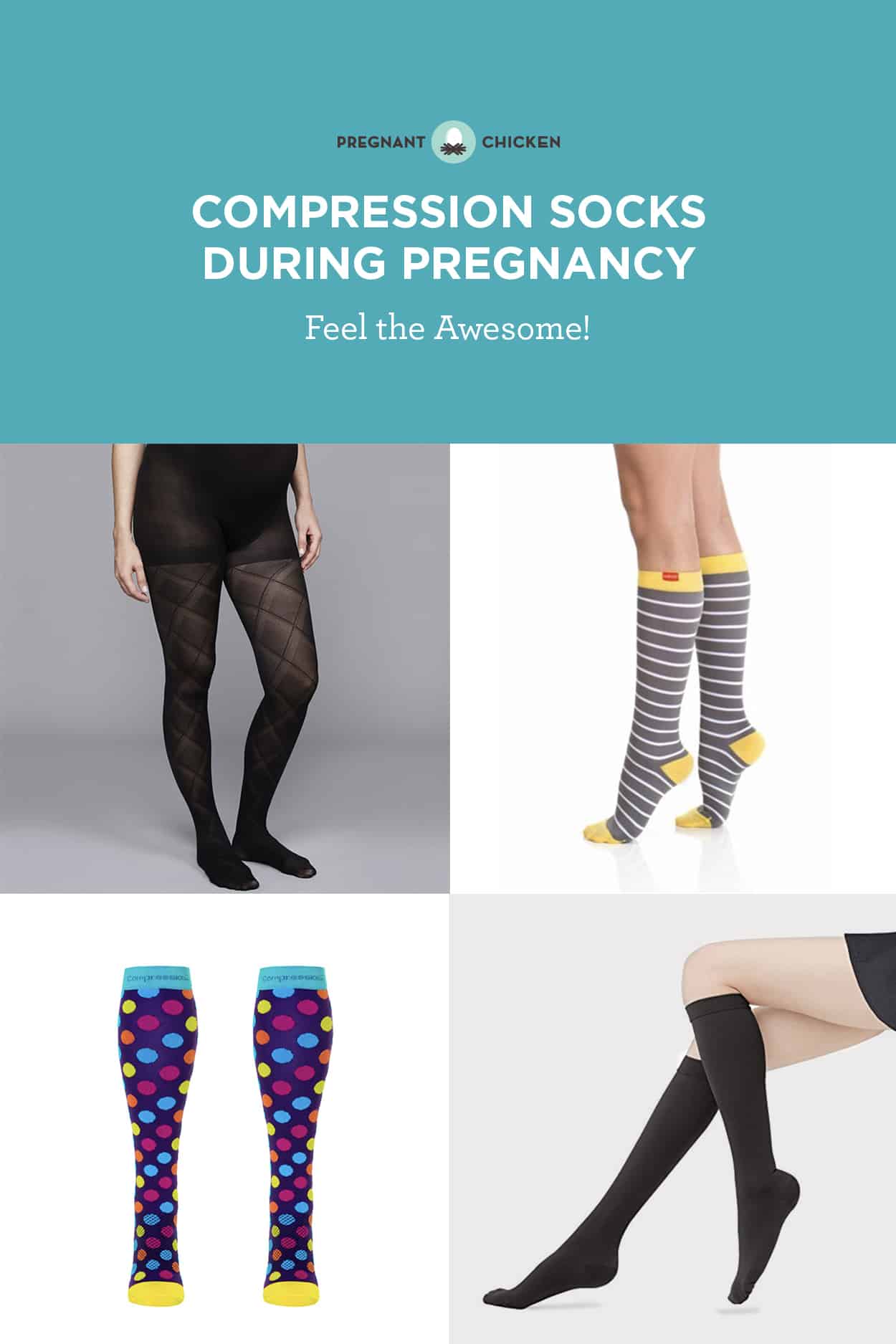

This site does not include all companies or products available within the market. The compensation we receive for those placements affects how and where advertisers’ offers appear on the site. First, we provide paid placements to advertisers to present their offers. This compensation comes from two main sources.
#Should i sleep with compression socks on for free#
To help support our reporting work, and to continue our ability to provide this content for free to our readers, we receive compensation from the companies that advertise on the Forbes Health site.

All rights reserved.The Forbes Health editorial team is independent and objective. These observations suggest that in, a general OSA population, below-the-knee compression stockings decrease OSA severity modestly via attenuation of overnight fluid shift and consequent upper-airway dilatation.Ĭompression stockings Fluid shifts Obstructive sleep apnea Upper airway.Ĭopyright © 2014 Elsevier B.V. Overnight change in neck fluid volume was unchanged. from 31.2 ± 25.0 to 30.3 ± 23.8, p = 0.042), in association with a significantly greater reduction in the overnight decrease in leg fluid volume (p = 0.028), and a significantly greater increase in morning upper-airway cross-sectional area (p = 0.006). The apnea-hypopnea index decreased significantly more in the compression stockings than in the control group (from 32.4 ± 20.0 to 23.8 ± 15.5 vs. Twenty-two patients randomized to compression stockings and 23 to control completed the study. The primary outcome was change in the apnea-hypopnea index. Overnight polysomnography with measurement of leg and neck fluid volumes and upper-airway cross-sectional area before and after sleep was performed at baseline and follow-up. Patients with OSA (apnea-hypopnea index ≥ 10) were randomized to wear compression stockings during the daytime or to a control group for 2 weeks. We hypothesized that below-the-knee compression stockings will decrease OSA severity in a general OSA population by decreasing daytime leg fluid accumulation and overnight fluid shift and increasing upper-airway size. Electronic address: fluid shift from the legs to the neck may narrow the upper airway and contribute to obstructive sleep apnea (OSA) pathogenesis. 4 Sleep Research Laboratory of the University Health Network Toronto Rehabilitation Institute, Toronto, ON, Canada Centre for Sleep Medicine and Circadian Biology of the University of Toronto, Toronto, ON, Canada Department of Medicine of the University Health Network Toronto General Hospital, Toronto, ON, Canada.Electronic address: 1 Sleep Research Laboratory of the University Health Network Toronto Rehabilitation Institute, Toronto, ON, Canada Centre for Sleep Medicine and Circadian Biology of the University of Toronto, Toronto, ON, Canada. 3 Sleep Research Laboratory of the University Health Network Toronto Rehabilitation Institute, Toronto, ON, Canada Centre for Sleep Medicine and Circadian Biology of the University of Toronto, Toronto, ON, Canada Department of Medicine of the University Health Network Toronto General Hospital, Toronto, ON, Canada.2 Sleep Research Laboratory of the University Health Network Toronto Rehabilitation Institute, Toronto, ON, Canada Institute of Biomaterial and Biomedical Engineering, University of Toronto, Toronto, ON, Canada.



 0 kommentar(er)
0 kommentar(er)
